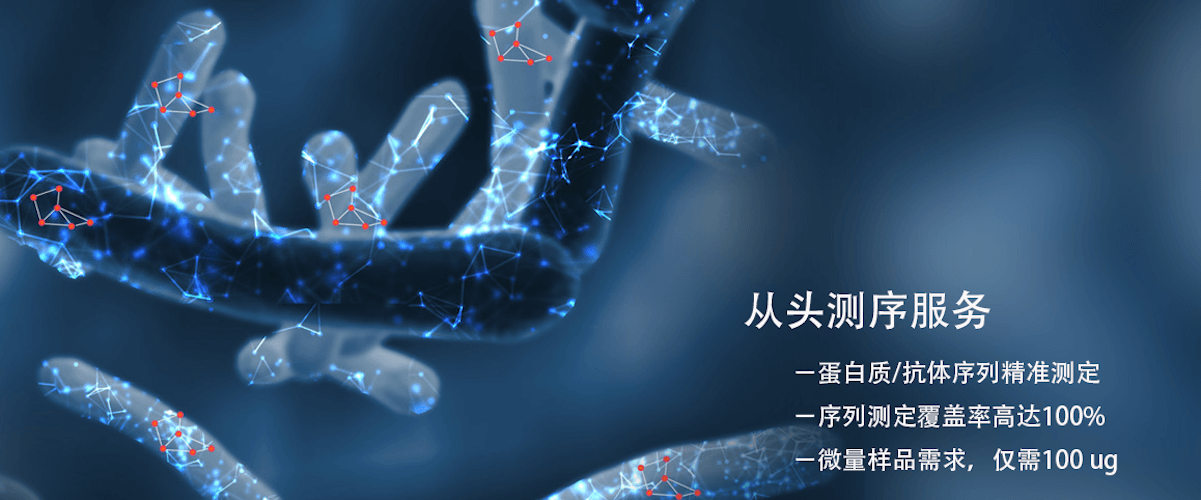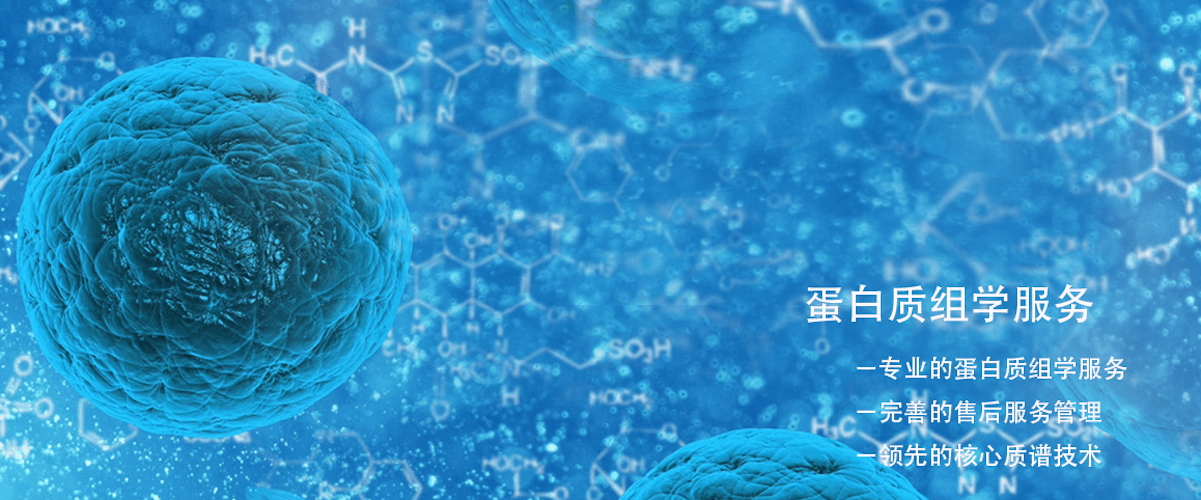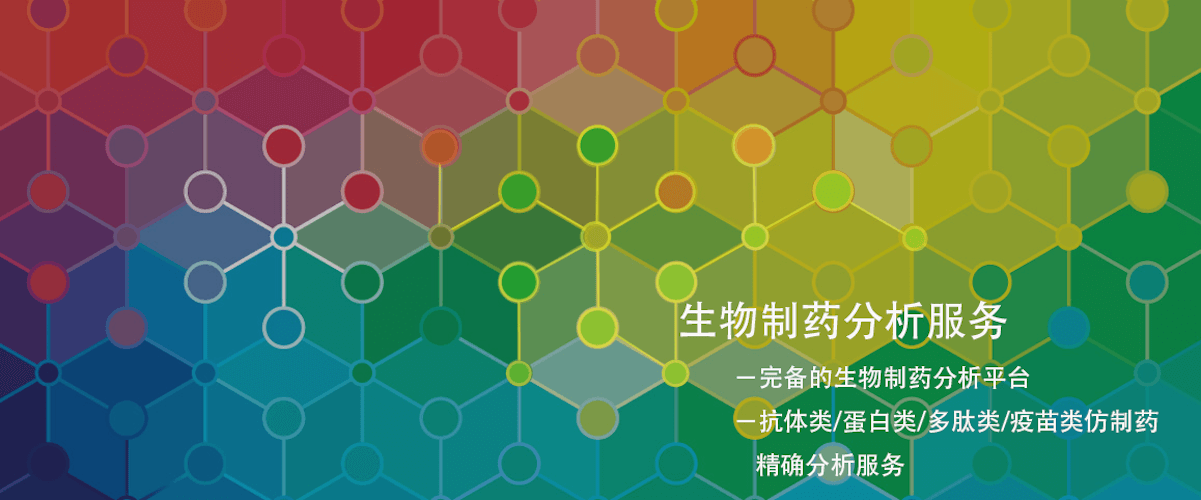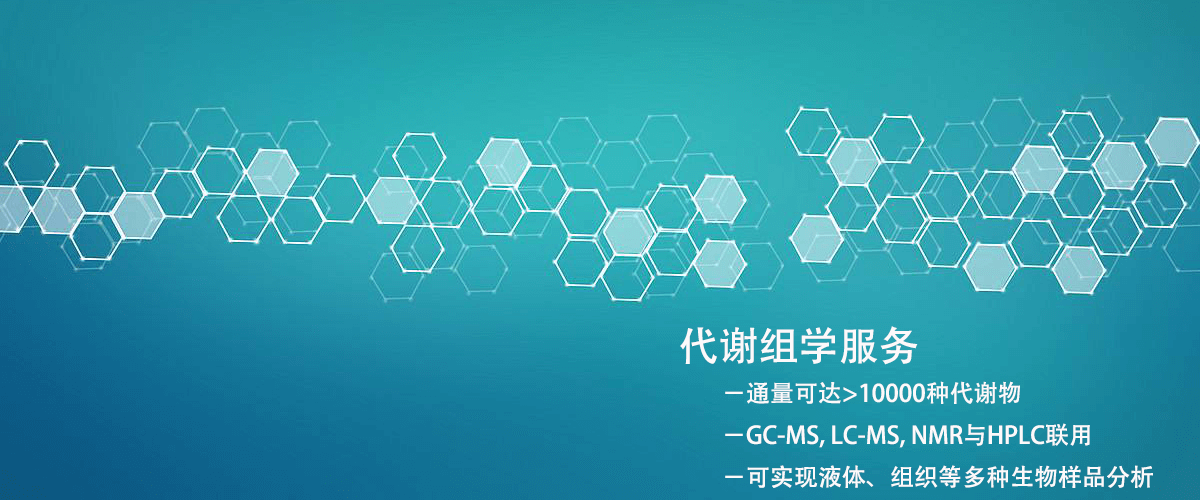How to solve the problem of protein inclusion bodies?
The formation of inclusion bodies during protein expression is a common phenomenon, especially in prokaryotic expression systems such as E. coli. Strategies to address the issue of protein inclusion bodies mainly include optimizing expression conditions, improving protein folding, and utilizing refolding techniques. The following are detailed methods to address this issue:
I. Optimize Expression Conditions
1. Lower Induction Temperature: Reducing the expression temperature from 37°C to 20–30°C can slow down the rate of protein synthesis and reduce the probability of misfolding. Lower temperatures help increase the expression of soluble proteins.
2. Reduce Inducer Concentration: When using inducers such as IPTG, lowering the concentration of the inducer can reduce protein overexpression, thereby increasing protein solubility.
3. Shorten Induction Time: Reducing the induction time can prevent excessive accumulation of proteins within the cells, thereby lowering the chances of inclusion body formation.
4. Use Weak Promoters: Choosing weaker promoters (such as pBAD) can slow down the rate of protein expression, improving the correct folding rate of proteins.
II. Improve Protein Folding
1. Co-express Chaperones: Molecular chaperones (such as GroEL/GroES, DnaK/DnaJ) can assist in proper protein folding, reducing inclusion body formation. Including genes encoding chaperones in the plasmid or adding exogenous chaperone proteins to the expression system can aid in protein solubility.
2. Use Fusion Tags: By expressing soluble fusion tags (such as GST, MBP, SUMO), protein solubility can be increased. These tags help maintain part of the protein structure to prevent aggregation and can be removed via enzyme cleavage after expression.
3. Optimize Translation Speed: Adjusting the translation rate by altering codons can help reduce misfolding during expression. This can be particularly helpful when expressing human proteins in E. coli by optimizing rare codons.
III. Refolding Techniques
If the protein has already formed inclusion bodies, the following steps can be attempted for refolding:
1. Desalting and Solvent Removal: First extract the target protein from the inclusion body, then gradually remove salts or change solvent conditions (e.g., using urea, thiourea, or SDS) to resolubilize the protein.
2. Add Folding Cofactors: During the solubilization process, adding folding cofactors such as metal ions or coenzymes can assist protein folding.
3. Dialysis Refolding: Use dialysis to gradually remove denaturants (such as urea or SDS) and slowly restore the protein's folded structure. This requires careful control to ensure the protein regains its native conformation.
IV. Change Expression Systems
If the issue of inclusion bodies is difficult to resolve, consider using other expression systems:
1. Yeast Expression System: Systems such as Saccharomyces cerevisiae or Pichia pastoris offer a better environment for protein folding in eukaryotic systems.
2. Insect Cell System: Insect cell expression systems (such as Sf9 or Sf21 cells) can correctly fold more complex proteins.
3. Mammalian Cell System: When protein folding requirements are very high, mammalian expression systems (such as HEK293 or CHO cells) can provide an environment closer to the natural setting for folding and post-translational modifications.
V. Assistance from Chemical or Physical Methods
1. Adjust Medium Components: Increasing osmotic regulators (such as sorbitol or glycerol) can help cells maintain a better protein folding environment.
2. Control Redox Environment: Appropriately adjusting intracellular redox conditions (such as adding low concentrations of DTT or glutathione) can help proteins form correct disulfide bonds.
3. Add Small Molecule Folding Aids: Small molecules such as arginine, glycine, or TMAO can help maintain stable protein structures during expression, reducing the formation of inclusion bodies.
BiotechPack, A Biopharmaceutical Characterization and Multi-Omics Mass Spectrometry (MS) Services Provider
Related Services:
Protein Structure Identification
How to order?





